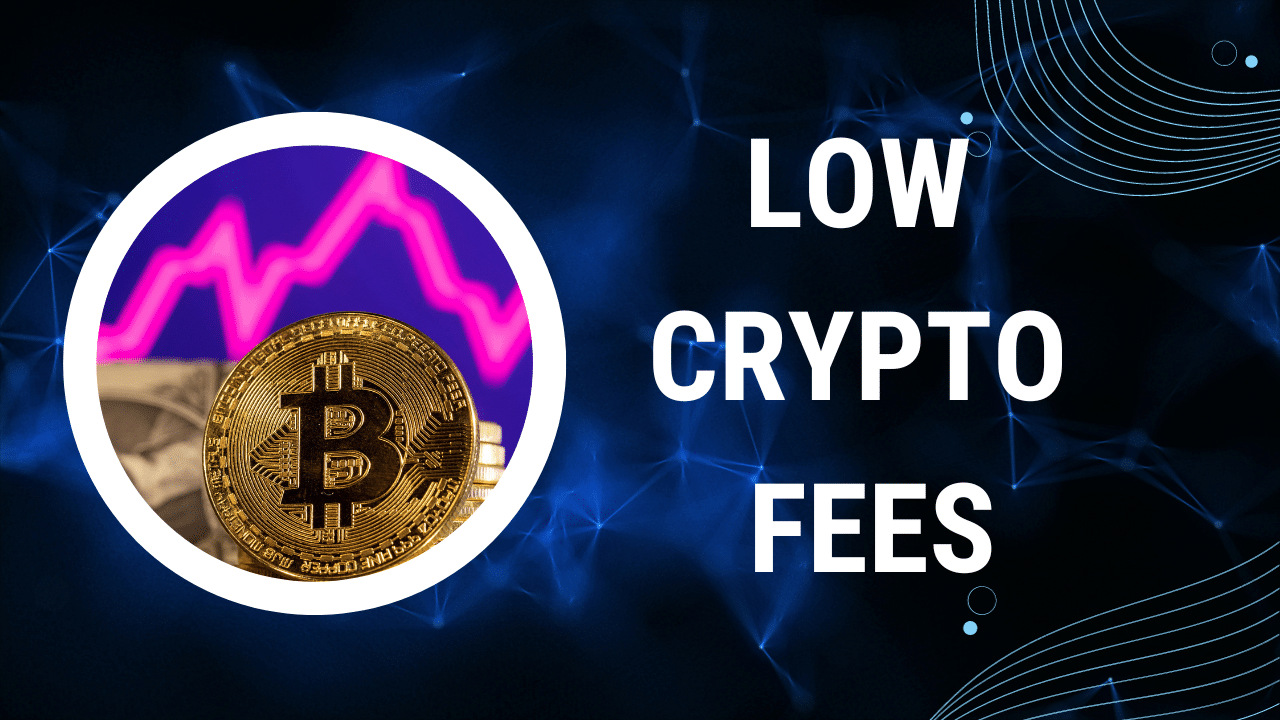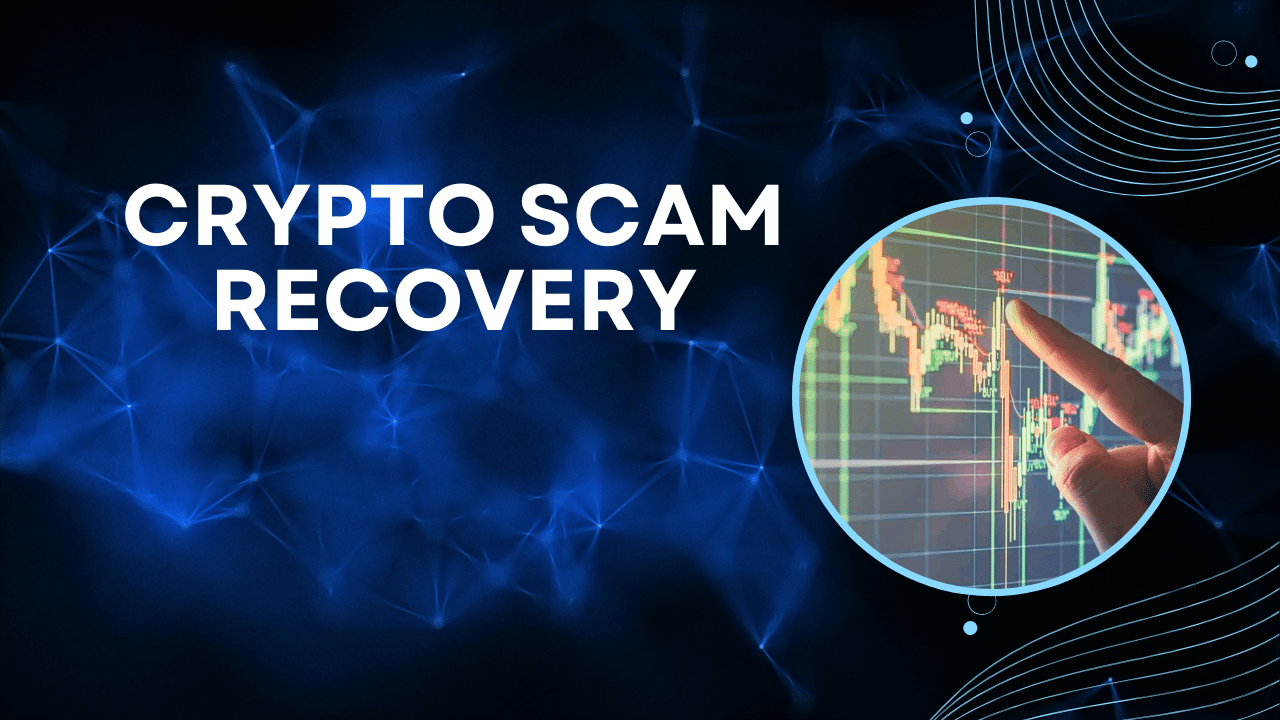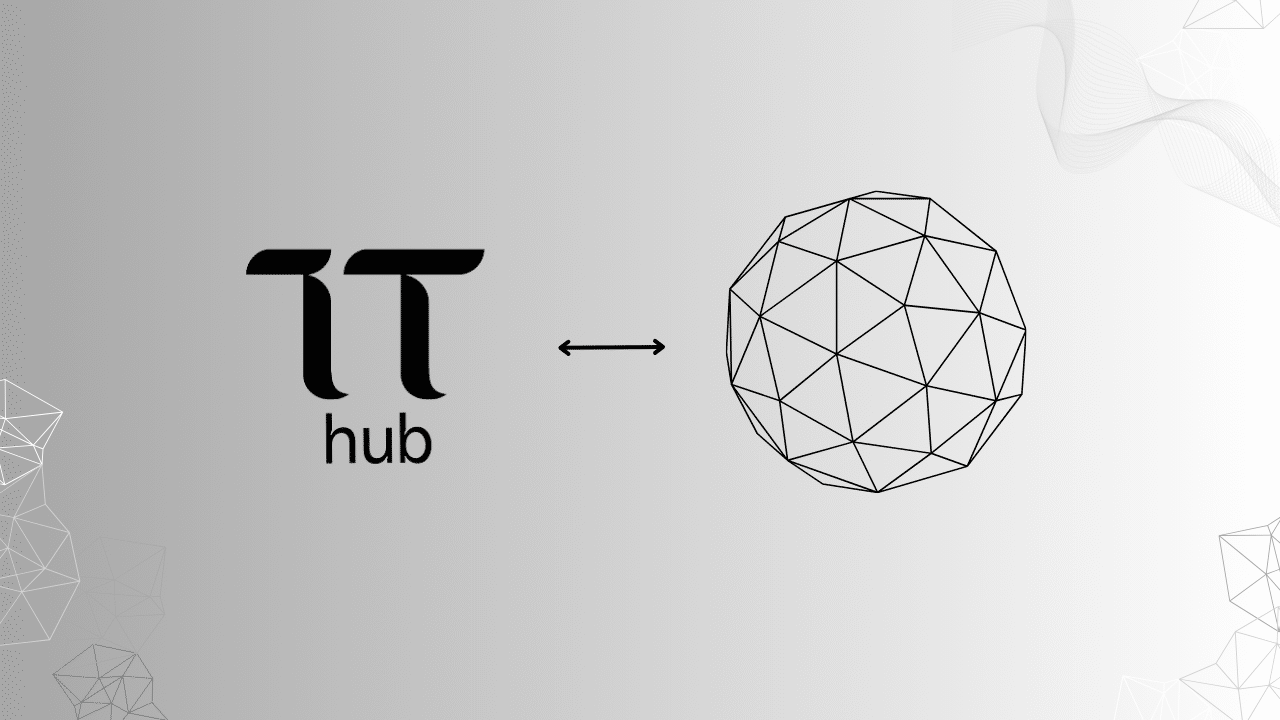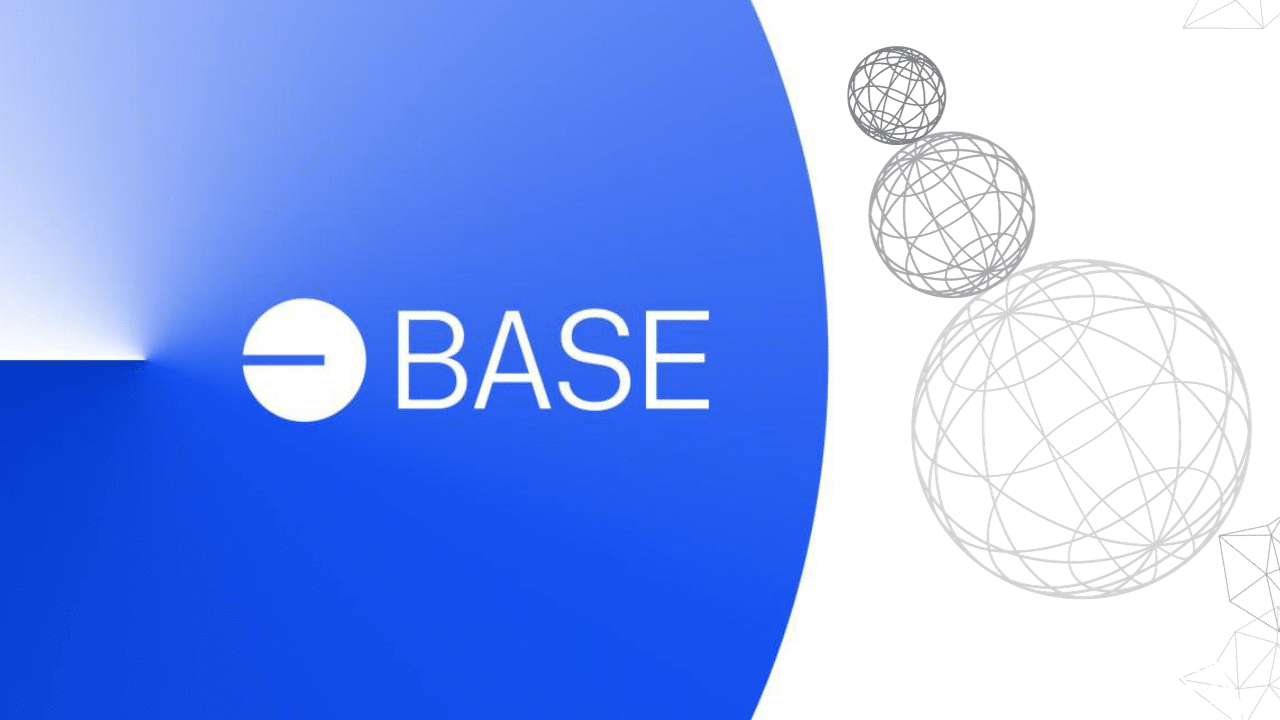Contents
|
|
Did you know that trading fees on cryptocurrency exchanges can reach staggering amounts for popular cryptocurrencies like Bitcoin and Ethereum, often making small transactions impractical for cryptocurrency projects? If you’re tired of paying exorbitant fees just to move your coins on a cryptocurrency exchange or to engage with cryptocurrency projects using smart contracts, then this blog post is for you. We’ll explore the world of feeless cryptocurrency projects, including dogecoin, that offer fast transactions with the lowest transaction fees. This allows you to keep more of your hard-earned money in your wallet.
In this post, we’ll dive into the top contenders in the cryptocurrency space like monero and dogecoin that offer low-cost transactions without compromising security or efficiency on the stellar blockchain. From innovative blockchain solutions to emerging altcoins like dogecoin and monero, we’ll uncover hidden gems that can save you a significant amount in fees for your crypto transactions. Say goodbye to high transaction costs! Whether you’re a seasoned crypto enthusiast or just starting out on your digital currency journey, understanding which cryptocurrencies like XRP have the lowest transaction fees in just minutes is crucial for maximizing your investment potential in coins while ensuring privacy.
So, get ready to enjoy the potential of low-cost transactions with fee cryptocurrency coins like XRP in the exciting realm of cryptocurrencies!
Contents
Deciphering Cryptocurrency Transaction Fees
Understanding the Importance of Low Transaction Fees
Cryptocurrency transaction fees, such as those for coin, xrp, and dash, play a crucial role in determining the cost-effectiveness and efficiency of digital currency transactions. One important factor to consider is the transaction fees associated with these coins. Lower transaction fees can make a significant difference, especially for frequent users or those involved in large-scale transactions in the crypto world. Whether you are using xrp, coin, or dash, minimizing fees is crucial.
The Benefits of Cryptocurrencies with Low Transaction Fees
Cryptocurrencies like coin and xrp with low transaction fees offer several advantages to users. Firstly, trading fees enable cost savings by reducing the amount spent on each crypto transaction. This is particularly beneficial for individuals who engage in numerous transactions or businesses that process a high volume of payments, especially when it comes to trading fees for crypto coin. Lower fees also promote financial inclusion by making cryptocurrency more accessible to individuals who may have limited resources or are financially marginalized. This accessibility is particularly important when considering the high transaction costs associated with using a coin.
Cryptocurrencies with low coin transaction fees facilitate faster and more efficient transactions. With lower fees, crypto users can send and receive coins quickly without waiting for extended confirmation times or experiencing delays due to high congestion on the blockchain network. This makes low-fee cryptocurrencies suitable for time-sensitive transactions such as remittances or payments for goods and services, as they have low trading fees.
Moreover, low transaction fees contribute to scalability and adoption within the cryptocurrency ecosystem. High trading fees can deter new users from entering the crypto market and limit widespread adoption. By offering affordable transaction fees, cryptocurrencies create an environment that encourages participation from individuals and businesses alike.
Examples of Cryptocurrencies with Lowest Transaction Fees
Several cryptocurrencies have gained popularity due to their minimal transaction fees:
-
Stellar (XLM): Stellar is well-known for its incredibly low transaction costs, often charging less than a cent per transfer. These trading fees make it an attractive option for crypto enthusiasts.
-
Nano (NANO): Nano operates on a unique architecture called block-lattice which allows for feeless and instant transactions in the crypto market.
-
Ripple (XRP): Ripple offers fast and inexpensive cross-border transactions with low crypto trading fees compared to traditional banking systems.
-
Litecoin (LTC): Litecoin, a popular crypto, is often praised for its low transaction fees and faster block generation times compared to Bitcoin.
These cryptocurrencies have established themselves as viable alternatives for those seeking low-cost transactions without compromising on security, decentralization, or trading fees.
Factors Influencing Transaction Fees
Transaction fees in cryptocurrencies are influenced by several factors, including network congestion, transaction size, and the chosen cryptocurrency’s underlying technology. During periods of high demand in the crypto network, when the network experiences congestion, transaction fees in crypto may increase due to users competing for limited block space. On the other hand, during periods of lower demand or when using less popular cryptocurrencies, transaction fees tend to be lower.
The size of a crypto transaction also impacts the associated trading fees.
Spotlight on Low-Fee Cryptocurrencies
Cryptocurrency transaction fees can often be a concern for users, as high fees can eat into their profits or make smaller transactions uneconomical.
Bitcoin Cash (BCH)
Bitcoin Cash (BCH) is a popular cryptocurrency that aims to address the scalability issues faced by its predecessor, Bitcoin, while also offering lower transaction fees. One of the advantages of BCH is its lower transaction fees compared to Bitcoin, making it a popular choice in the crypto community. With larger block sizes and faster confirmation times, BCH offers users the ability to transact with lower fees in the crypto space.
Litecoin (LTC)
Litecoin (LTC) is often referred to as the “silver” to Bitcoin‘s “gold.” It was created as a quicker and cheaper alternative to Bitcoin, with low crypto transaction fees. LTC, a popular crypto, boasts faster block generation times and employs a different hashing algorithm than BTC, resulting in reduced transaction fees. This makes it an appealing choice for those looking for cryptocurrencies with lower transaction costs.
Ripple (XRP)
Ripple (XRP) stands out among other cryptocurrencies due to its unique consensus protocol and focus on facilitating fast and low-cost international money transfers with minimal transaction fees. XRP transactions in the crypto space settle within seconds and carry minimal fees, making it an excellent option for individuals or businesses seeking cost-effective cross-border payments.
Stellar Lumens (XLM)
Stellar Lumens (XLM) is another cryptocurrency designed with low-cost remittances in mind, offering low transaction fees. Built on a decentralized network, Stellar enables fast transactions at extremely low costs in the crypto industry. Its native currency, XLM, serves as a bridge between different fiat currencies, allowing for seamless conversions while keeping transaction fees minimal.
Cardano (ADA)
Cardano (ADA) is known for its commitment to research-driven development, scalability solutions, and low crypto transaction fees. While still relatively new in the market, ADA has gained attention for its unique approach to blockchain technology and its low crypto transaction fees. ADA transactions are processed with lower fees, making it an attractive option for those seeking cryptocurrencies with affordable transaction costs.
The Hierarchy of Cryptos With Minimal Fees
Bitcoin: The Pioneer with High Transaction Costs
Bitcoin, the first cryptocurrency, is often associated with high transaction fees. Its popularity and limited block size contribute to congestion on the network, leading to increased fees. As a result, Bitcoin transactions can become costly, especially during periods of high demand.
Ethereum: Balancing Efficiency and Affordability
Ethereum, another prominent cryptocurrency, has lower fees compared to Bitcoin but still faces scalability challenges. The network’s transition from a proof-of-work to a proof-of-stake consensus mechanism aims to address these concerns and potentially reduce transaction costs further.
Binance Coin (BNB): A Utility Token with Competitive Fees
Binance Coin (BNB), the native token of the Binance exchange, offers reduced transaction fees for users within its ecosystem. By utilizing BNB for transactions on the platform, traders can enjoy discounted fees and improve their overall trading experience.
Ripple (XRP): Fast and Cost-Effective Transactions
Ripple (XRP) stands out for its focus on providing fast and cost-effective cross-border transactions. With its unique consensus algorithm called the XRP Ledger, Ripple enables near-instant transfers with low crypto transaction fees compared to traditional banking systems.
Stellar Lumens (XLM): Low-Cost Payments for All
Stellar Lumens (XLM) is designed specifically for facilitating low-cost payments across borders. Its decentralized network allows individuals and financial institutions to transact quickly and inexpensively while maintaining security and reliability.
Cardano (ADA): Striving for Scalability and Sustainability
Cardano (ADA) aims to offer affordable transactions while ensuring scalability and sustainability in its blockchain ecosystem. Through its layered architecture approach, Cardano seeks to optimize transaction costs without compromising on security or decentralization.
Litecoin (LTC): Efficient Transactions with Lower Fees
Litecoin (LTC), often referred to as the “silver to Bitcoin‘s gold,” offers faster block generation times and lower transaction fees. This makes it an attractive option for users who prioritize efficiency and cost-effectiveness in their cryptocurrency transactions.
Dogecoin (DOGE): Low-Cost Transactions with a Memetic Twist
Originally created as a meme cryptocurrency, Dogecoin (DOGE) has gained popularity for its low transaction fees. While it started as a joke, DOGE has evolved into a legitimate digital currency that allows users to make inexpensive transactions quickly.
Nano (NANO): Feeless and Instantaneous Transactions
Nano (NANO) distinguishes itself by offering feeless and near-instantaneous transactions.
Navigating Transaction Fees Across Different Cryptos
Cryptocurrencies have gained significant popularity in recent years, offering a decentralized and secure way to conduct financial transactions. However,Transaction fees play a crucial role.
Understanding Transaction Fees
Transaction fees are charges incurred when sending or receiving cryptocurrencies. These fees vary across different cryptocurrencies and can depend on factors such as network congestion and the size of the transaction. It is essential to understand these fees to make informed decisions while transacting in cryptocurrencies.
Bitcoin: The Pioneer with Higher Fees
Bitcoin, being the first cryptocurrency, has established itself as a prominent player in the market. However, due to its popularity and limited block size, Bitcoin often faces congestion issues leading to higher transaction fees. While Bitcoin may not be ideal for small transactions due to its relatively high fees, it remains a preferred choice for larger transactions where security is paramount.
Ethereum: Balancing Efficiency and Affordability
Ethereum is another popular cryptocurrency known for its smart contract capabilities. With Ethereum‘s transition from proof-of-work (PoW) to proof-of-stake (PoS), it aims to reduce energy consumption and improve scalability while maintaining lower transaction fees compared to Bitcoin. This makes Ethereum an attractive option for those seeking a balance between efficiency and affordability, with its low crypto transaction fees.
Binance Coin: Lower Fees within Its Ecosystem
Binance Coin (BNB) operates within Binance’s ecosystem, one of the largest cryptocurrency exchanges globally. Users who hold BNB tokens can benefit from reduced trading fees within the Binance platform. BNB offers lower transaction fees compared to other major cryptocurrencies like Bitcoin and Ethereum outside of the Binance ecosystem.
Ripple: Cost-Effective Cross-Border Transactions
Ripple (XRP) stands out for its focus on facilitating fast and cost-effective cross-border transactions. Ripple’s network utilizes a consensus algorithm, which enables near-instant settlement with minimal fees. This makes Ripple an attractive option for individuals or businesses involved in international money transfers.
Litecoin: Faster Transactions at Lower Costs
Litecoin was created as a “lite” version of Bitcoin, offering faster block generation times and lower transaction fees. With its increased block size limit, Litecoin can handle more transactions per second compared to Bitcoin. These features make Litecoin a popular choice for users seeking faster transaction confirmations at lower costs.
Navigating Transaction Fees Wisely
When navigating transaction fees across different cryptocurrencies, it is crucial to consider your specific needs and preferences.
Zero-Fee Cryptocurrencies: Myth or Reality?
Lowest Transaction Fees in the Crypto World
Cryptocurrencies have gained significant popularity in recent years, offering a decentralized and secure way to conduct financial transactions. However, one common concern among crypto users is transaction fees. High transaction fees can eat into the value of transactions, making it less appealing for everyday use. But what if there were cryptocurrencies with zero or extremely low transaction fees? Let’s explore this concept further.
The Rise of Zero-Fee Cryptocurrencies
In the world of cryptocurrencies, where transaction fees are typically associated with validating transactions on the blockchain network, the idea of zero-fee cryptocurrencies may seem like an elusive dream. However, several projects have emerged that aim to offer just that – a feeless or near-zero fee experience for users.
One such example is IOTA (MIOTA), a cryptocurrency designed specifically for the Internet of Things (IoT). IOTA utilizes a unique technology called Tangle, which eliminates the need for miners and traditional blockchain-based transaction validation. As a result, IOTA transactions are feeless, making it an attractive option for microtransactions and IoT applications.
Another notable mention is Nano (NANO), formerly known as RaiBlocks. Nano utilizes a block-lattice architecture that enables instant and feeless transactions. By assigning each user their own blockchain, Nano achieves scalability without compromising on security or decentralization.
The Benefits and Limitations
Zero-fee cryptocurrencies offer several advantages over their fee-charging counterparts. Firstly, they provide cost-effective solutions for small-value transactions. This makes them ideal for micropayments and everyday purchases where paying high fees would be impractical.
By eliminating transaction fees, these cryptocurrencies promote financial inclusion by providing access to individuals who may not have access to traditional banking services due to high fees or other barriers.
However, it’s important to note that zero-fee cryptocurrencies may come with certain limitations. Without transaction fees, there may be a higher risk of spam attacks and network congestion. To mitigate these risks, some zero-fee cryptocurrencies implement mechanisms such as proof-of-work or anti-spam measures.
Finding the Right Fit
It’s essential to consider your specific needs and use cases. While zero-fee cryptocurrencies offer attractive benefits, they may not always be the best option for every scenario.
For instance, if you require faster confirmation times or need access to a wider range of services and exchanges, you might have to opt for cryptocurrencies with low but non-zero transaction fees like Bitcoin (BTC) or Ethereum (ETH).
Ultimately, the choice depends on your priorities and preferences.
Strategies for Minimizing Crypto Transaction Costs
To minimize transaction costs when dealing with cryptocurrencies, there are several strategies you can employ. These strategies will help you navigate the world of digital currencies and ensure that you are not paying excessive fees. Let’s explore some effective approaches to reducing cryptocurrency transaction costs.
Choose Cryptocurrencies with Low Transaction Fees
One way to minimize transaction costs is by selecting cryptocurrencies that have low fees associated with their transactions. Some cryptocurrencies, such as Bitcoin and Ethereum, have high transaction fees due to their popularity and network congestion. However, there are alternative cryptocurrencies available that offer lower transaction fees, making them more cost-effective options for your transactions.
Utilize Segregated Witness (SegWit)
Segregated Witness (SegWit) is a protocol upgrade implemented in certain cryptocurrencies like Bitcoin. It separates the signature data from the transaction data, allowing for more efficient use of block space and reducing overall transaction fees. By utilizing SegWit-enabled wallets and exchanges, you can take advantage of this technology to lower your cryptocurrency transaction costs.
Optimize Transaction Timing
Timing is crucial. The blockchain network experiences periods of high congestion where transactions may take longer to process and incur higher fees. Monitoring these congestion periods and choosing optimal times for your transactions can help reduce costs significantly. Using platforms that allow you to set custom fee levels or dynamically adjust fees based on network conditions can further optimize your transaction timing.
Utilize Layer 2 Scaling Solutions
Layer 2 scaling solutions aim to address the scalability issues faced by popular cryptocurrencies like Bitcoin and Ethereum. These solutions operate on top of the main blockchain and enable faster and cheaper transactions by batching multiple transactions together or creating off-chain payment channels. Examples of layer 2 scaling solutions include the Lightning Network for Bitcoin or Loopring for Ethereum. By utilizing these solutions, you can enjoy reduced transaction costs while still benefiting from the security and decentralization of the underlying blockchain.
Consider Peer-to-Peer Exchanges
Peer-to-peer (P2P) exchanges allow users to trade cryptocurrencies directly with one another without the need for intermediaries. These platforms often have lower transaction fees compared to traditional centralized exchanges since they eliminate the middleman. By leveraging P2P exchanges, you can reduce transaction costs and potentially find better rates for your cryptocurrency trades.
Fee Structures: Trading vs. Transaction Fees
Trading Fees:
One aspect that investors need to consider is the trading fees imposed by exchanges. These fees are charged for buying or selling cryptocurrencies on a platform and can vary significantly from one exchange to another.
Trading fees are typically calculated as a percentage of the total transaction value or as a fixed fee per trade. Some exchanges may offer tiered fee structures, where the percentage decreases as the trading volume increases. This means that high-volume traders may enjoy lower fees compared to those with smaller trading volumes.
It is essential for investors to understand the trading fee structure of an exchange before engaging in cryptocurrency trading. By comparing different platforms and their fee structures, investors can find exchanges that offer competitive rates and help minimize their overall transaction costs.
Transaction Fees:
Apart from trading fees, cryptocurrencies also have transaction fees associated with them. These fees are incurred when users send or receive digital assets on a blockchain network.
Transaction fees serve two primary purposes in the cryptocurrency ecosystem: preventing spam attacks and incentivizing miners to validate transactions. When users initiate a transaction, they include a small fee that goes to the miners who verify and add the transaction to the blockchain.
The amount of transaction fee varies depending on several factors such as network congestion, block size limitations, and user preferences. In general, higher transaction fees result in faster confirmation times because miners prioritize transactions with higher fees.
Different cryptocurrencies have different approaches to calculating transaction fees. Bitcoin, for example, uses a dynamic fee market where users can choose between paying lower fees with potentially longer confirmation times or higher fees for faster confirmations.
On the other hand, some cryptocurrencies like Litecoin have implemented fixed or low-cost transaction fee models to make transactions more affordable and accessible for everyday use.
Investors should be aware of these varying approaches when choosing which cryptocurrencies to transact with if minimizing transaction costs is a priority for them.
Considerations for Low Transaction Fees:
When looking for cryptocurrencies with the lowest transaction fees, several factors should be considered.
-
Network Scalability: Cryptocurrencies that can handle a higher number of transactions per second without congestion tend to have lower transaction fees. Scalable blockchains like Ethereum 2.0 and Binance Smart Chain have the potential to offer lower fees due to their increased network capacity.
-
Layer 2 Solutions: Some cryptocurrencies utilize layer 2 solutions like Lightning Network or sidechains to offload transactions from the main blockchain, reducing congestion and lowering fees. For example, Bitcoin‘s Lightning Network enables faster and cheaper microtransactions by conducting them off-chain.
-
Fee Comparison: Investors should compare the transaction fee structures of different cryptocurrencies before making a decision.
Seeking the Best Exchange Rates for Crypto Transactions
Lowest Transaction Fees: A Key Consideration
One crucial factor to consider is the transaction fees involved. These fees can vary significantly depending on the platform or exchange you use. If you’re looking for the cryptocurrency with the lowest transaction fees, it’s essential to explore your options thoroughly.
Researching Different Exchanges
To find the best exchange rates and lowest transaction fees, conducting thorough research is paramount. Start by exploring different exchanges and comparing their fee structures. Look for exchanges that offer competitive rates and low transaction fees.
Considering Trading vs. Transaction Fees
When evaluating an exchange’s fee structure, it’s important to distinguish between trading fees and transaction fees. Trading fees are incurred when buying or selling cryptocurrencies on an exchange, while transaction fees are associated with transferring cryptocurrencies from one wallet to another.
Evaluating Fee Structures
Some exchanges may have lower trading fees but higher transaction fees, while others may have higher trading fees but lower transaction fees. It’s crucial to evaluate both types of charges when determining which platform offers the lowest overall cost for your intended transactions.
Taking into Account Network Congestion
Another factor that can impact transaction fees is network congestion. During times of high demand or increased activity on a particular blockchain network, transaction costs tend to rise due to limited processing capacity. Therefore, it’s essential to consider network congestion when choosing a cryptocurrency for transactions with low associated costs.
Opting for Layer 2 Solutions
Layer 2 solutions provide an alternative approach to reduce transaction costs significantly. These solutions operate on top of existing blockchain networks and aim to enhance scalability and speed while reducing costs. By utilizing layer 2 solutions like Lightning Network or sidechains, users can enjoy faster and cheaper transactions compared to traditional blockchain networks.
Utilizing Decentralized Exchanges (DEXs)
Decentralized exchanges (DEXs) offer another avenue for conducting cryptocurrency transactions with lower fees. Unlike centralized exchanges, DEXs operate on blockchain networks and allow users to trade directly from their wallets without the need for intermediaries. This eliminates additional fees associated with centralized exchanges, resulting in potentially lower transaction costs.
Considering Coin Selection
When selecting a cryptocurrency for transactions with low fees, it’s essential to consider the specific coin you plan to use. Different cryptocurrencies may have varying fee structures based on their underlying blockchain technology. For example, Ethereum-based tokens often have higher transaction fees due to network congestion, while other cryptocurrencies may offer more cost-effective options.
Future Trends in Cryptocurrency Fees
Decreasing Transaction Costs
As cryptocurrencies continue to evolve, one of the significant trends that we can expect to see is a decrease in transaction fees. Many blockchain networks are actively working on improving their scalability and efficiency, which will ultimately lead to lower costs for users. This reduction in transaction fees will make cryptocurrency transactions more accessible and affordable for a wider range of individuals and businesses.
Enhanced Scalability Solutions
Scalability has been a persistent challenge for many blockchain networks, often resulting in high transaction fees during peak times. However, developers and researchers are actively working on implementing innovative scalability solutions such as layer 2 protocols, sharding, and off-chain transactions. These solutions aim to increase the network’s capacity to process transactions quickly and efficiently while keeping the fees at a minimum.
Adoption of Proof-of-Stake (PoS)
Another trend that may contribute to lower transaction fees is the increasing adoption of Proof-of-Stake (PoS) consensus algorithms. Unlike traditional Proof-of-Work (PoW) algorithms that require substantial computational power and energy consumption, PoS relies on validators who hold a certain amount of cryptocurrency as collateral. This shift towards PoS not only reduces the environmental impact but also significantly lowers transaction costs since there is no need for expensive mining equipment.
Competition Among Exchanges
The growing popularity of cryptocurrencies has led to an increase in the number of cryptocurrency exchanges competing for users’ attention. To attract more customers, exchanges are constantly striving to offer competitive fee structures. Some exchanges have already implemented zero or low trading fees for specific cryptocurrencies or trading pairs. As competition intensifies, we can anticipate even lower transaction costs across various platforms.
Innovation in Layer 2 Solutions
Layer 2 solutions are additional protocols built on top of existing blockchain networks that aim to improve scalability without compromising security. One such solution gaining traction is the Lightning Network for Bitcoin transactions. By enabling off-chain transactions, the Lightning Network reduces congestion on the main blockchain, resulting in faster and cheaper transactions. As more layer 2 solutions emerge and gain adoption, we can expect transaction fees to decrease further.
Regulatory Developments
Regulatory developments play a crucial role in shaping the future of cryptocurrency fees. As governments worldwide establish clearer guidelines for cryptocurrencies, it is likely that transaction fees will become more standardized and transparent. Clear regulations can foster trust among users and encourage more participation in the cryptocurrency ecosystem, leading to increased competition among providers and ultimately lower transaction costs.
Conclusion
So there you have it, a comprehensive exploration of cryptocurrency transaction fees and the search for the lowest ones. We’ve delved into the different types of fees, highlighted low-fee cryptocurrencies, and discussed strategies for minimizing costs. But what does this all mean for you, the reader?
In this fast-paced world of digital currencies, where every penny counts, it’s crucial to stay informed about transaction fees. By understanding the fee structures and exploring low-fee alternatives, you can save money and maximize your returns. So whether you’re a seasoned crypto enthusiast or just dipping your toes into the world of digital assets, take control of your transactions and make informed choices.
Now that you’re armed with knowledge about cryptocurrency transaction fees, go forth and conquer the crypto space with confidence. Keep an eye on fee trends, explore new low-fee options, and always remember to consider your own unique circumstances. Happy trading!
Frequently Asked Questions
What is cryptocurrency?
Cryptocurrency is a digital or virtual form of currency that uses cryptography for secure financial transactions, control the creation of additional units, and verify the transfer of assets. It operates independently of any central authority like a government or financial institution.
How do transaction fees work in cryptocurrency?
Transaction fees in cryptocurrency are used to incentivize miners who validate and process transactions on the blockchain network. When you send a transaction, you include a small fee which goes to the miner who includes your transaction in a block. Higher fees usually result in faster confirmation times.
Which cryptocurrency has the lowest transaction fees?
Different cryptocurrencies have varying transaction fees. However, some popular cryptocurrencies known for their low transaction fees include Bitcoin Cash (BCH), Ripple (XRP), and Stellar (XLM). These coins offer efficient and cost-effective solutions for transferring value across their respective networks.
Are there any downsides to using cryptocurrencies with low transaction fees?
While cryptocurrencies with low transaction fees can be advantageous, it’s important to consider other factors such as scalability, security, and overall network adoption. Some lower-fee cryptocurrencies may have limitations in terms of processing speed or widespread acceptance compared to more established options like Bitcoin or Ethereum.
How can I find out the current transaction fees for different cryptocurrencies?
To determine the current transaction fees for various cryptocurrencies, you can visit their official websites or consult reputable cryptocurrency exchanges. Several online platforms provide real-time data on transaction fees across different networks, allowing you to compare costs before making any transfers.








